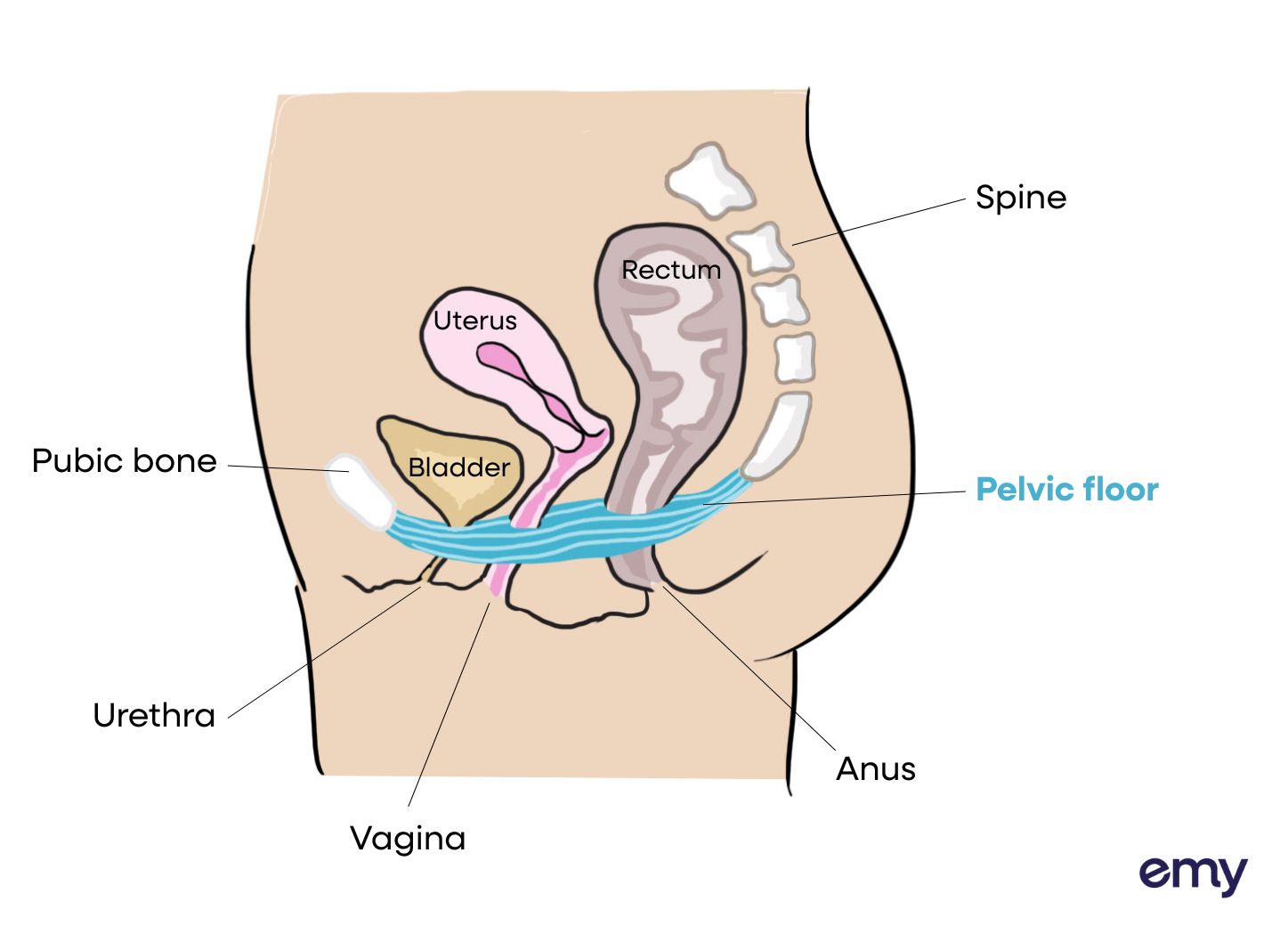Proven effectiveness of biofeedback
Biofeedback lets you visualize active pelvic muscle contractions in real time. It’s a tried-and-true technique for mastering muscle contractions that health care professionals recommend for pelvic floor therapy. Biofeedback gives you visual (or audio) cues to build a mind-muscle connection with muscles you can’t see and that can be difficult to feel. Practicing active contractions helps you develop the reflexes you need for your everyday life, like contracting your muscles to brace your pelvic floor when you cough.
Biofeedback devices are more effective and more likely to be used because they aren’t painful. There’s another advantage, too: pelvic floor exercises can be gamified to create fun experiences that help motivate you to stick with your therapy long term. You can even track your progress over time using the data biofeedback devices provide.






